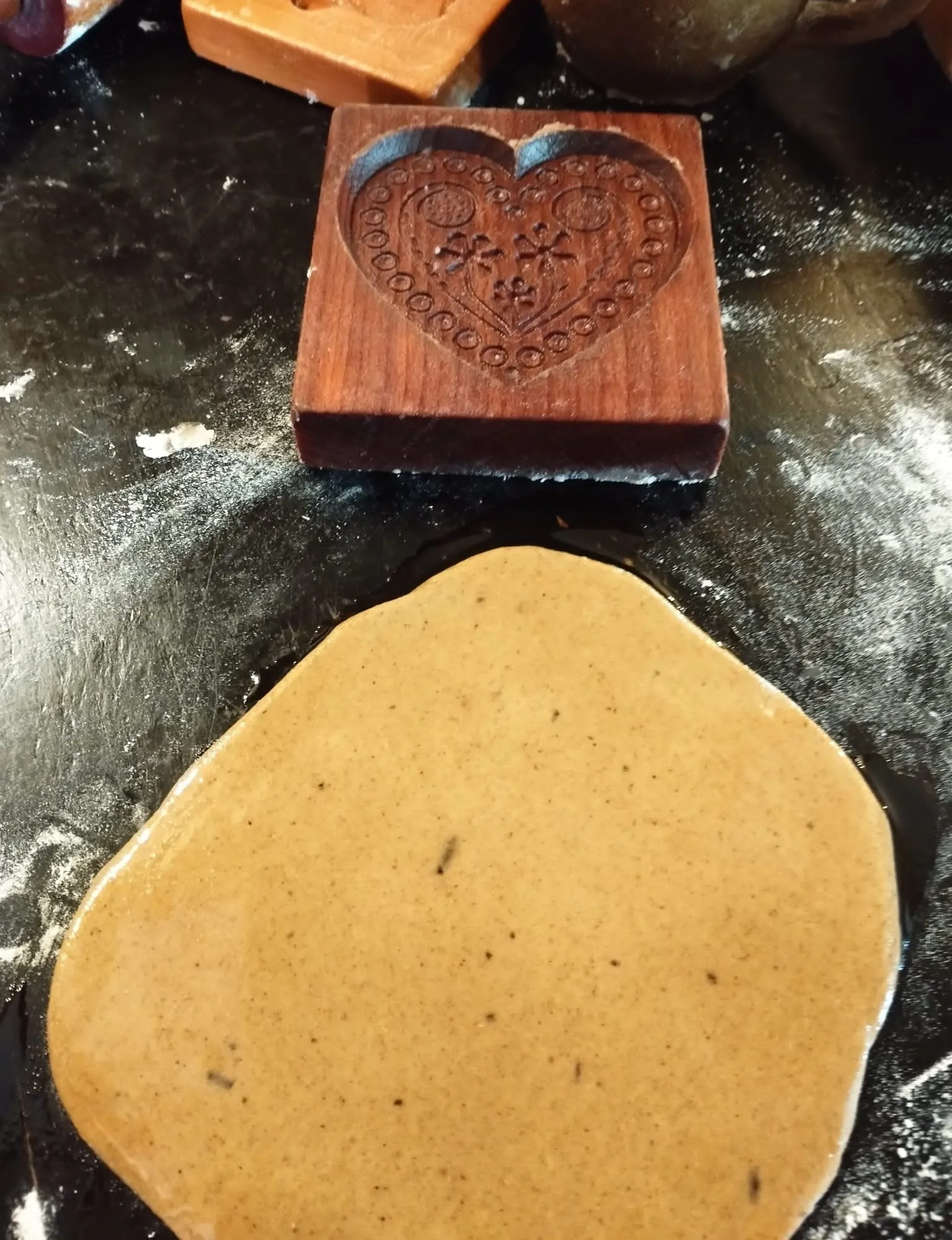The city of Toruń, Poland began producing gingerbread in 1380. Made from rare local honey and imported spices, the final product was expensive and remained out of reach for all but its wealthiest citizens for several hundred years. It was considered to be so special that it was offered as a ceremonial gift to visiting heads of state, and the local recipe was closely guarded from competitors in Nuremberg and Warsaw. With the opening of new trade routes and the efficiencies brought by industrialization in the 1800s, gingerbread finally became affordable for the middle class at the close of the 19th century. It also became the identity of the city of Toruń and its inhabitants.
Today, gingerbread drives both tourism and productivity there. The local gingerbread museum, a former factory, receives 100,000 visitors a year. On nearly every block throughout the old city, multiple shops sell gingerbread exclusively. There are over 200 of these pierniki stores downtown: It would be hard to imagine Toruń without them.
Along with the gingerbread-making tradition, the city of old Toruń has been preserved architecturally, but not as a dead archaeological site. Its original buildings have been repurposed as restaurants, coffee shops, and music clubs. Locals live in the upper floor apartments. It is as if the old city lives on within the 21st century. Even the gingerbread museum includes a cookie-making classroom for visitors, filled with traditional wooden molds, rolling pins, and spatulas. The oven is in use regularly. Nearby, the home of the famous astronomer Copernicus remains open for visitors as well. Walking through it feels like traveling back in time. Every room has been restored and preserved, from the kitchen to the library. The city shows it age yet feels vital and alive.
If you spend the night in Toruń, you have the option of sleeping in a hotel whose history stretches back to 1231, when it was in use as a flour mill. The stream that once powered the mill still flows through the middle of the building, visible from the Michelin-star contemporary restaurant on the first floor. The specialty there is wild rabbit.
The dedication to preservation that both honors the past and serves the needs of the city’s residents today elevates Toruń above the quaint. Its continued success lies in honoring tradition that inspires visitors to come and experience a past as it is lived today. The city’s power is anchored in its past, yet its vitality persists in the present. It celebrates its history unapologetically: Its history is its identity. And Toruń displays its identity with pride.
American cities continue to remove statues, raze old buildings, and drive out traditional industries. As they lose their unique identities, they lose their charm. They lose their life force. Toruń represents an alternative to this path toward self-degradation and cultural irrelevancy. Here in the US, urban renewal could bring our cities back to life, not by starting over but by cleaning up. We can remove the filth from the streets, restore the buildings, and redirect public resources toward projects that serve the needs of the productive members of the community rather than its deadbeats and criminals. We can restore local pride by bringing back into focus the true identities of the cities. American cities were glorious once, before they became an international embarrassment and source of shame.
Toruń stands as an example to us all how something as simple as gingerbread can nourish a city for nearly one thousand years. Saving America must include restoring its cities to their previous grandeur, and that starts with restoring tradition.








Member discussion